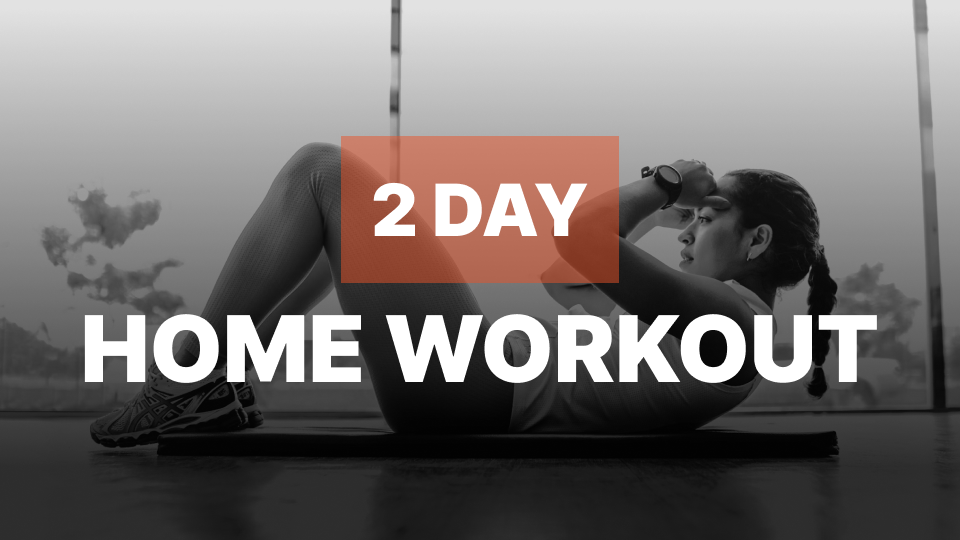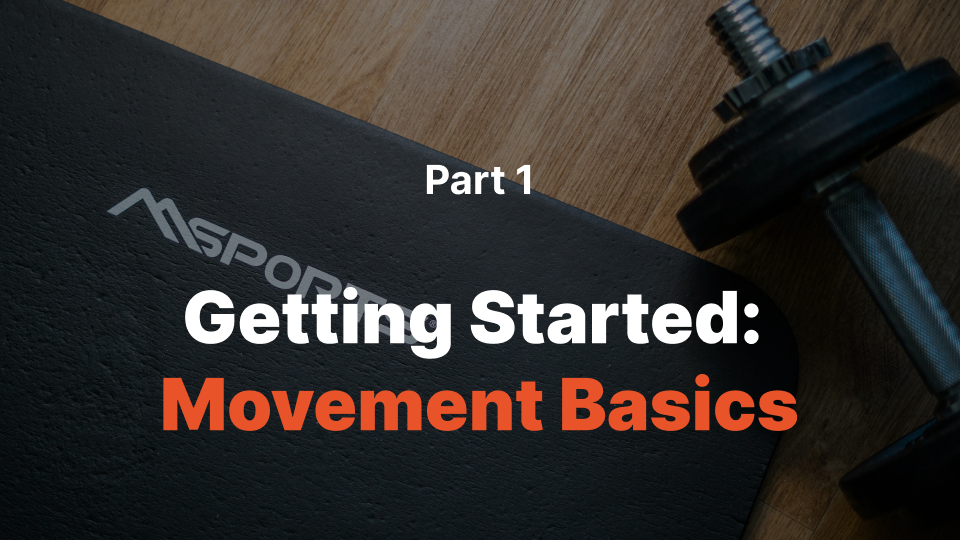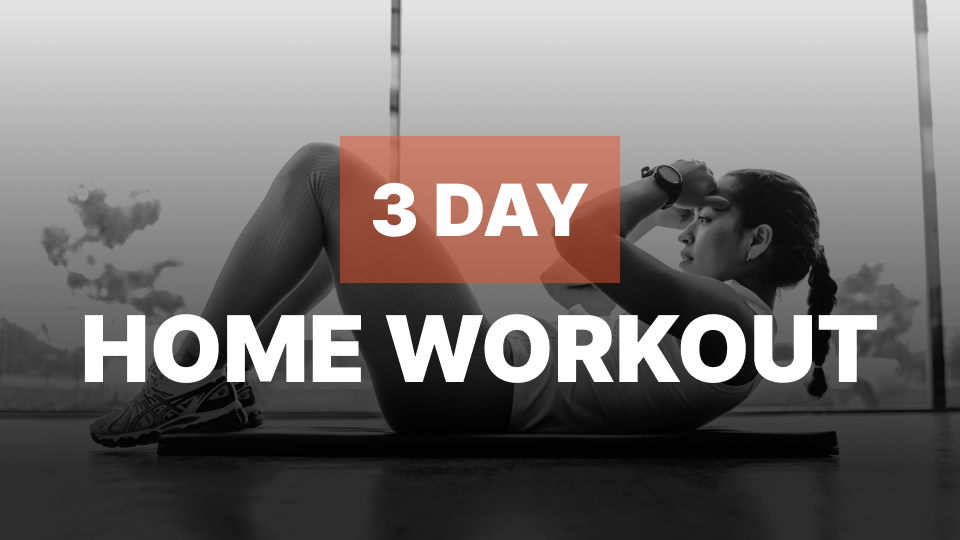Introduction
Exercise "Squats" is a lower body strength training movement that primarily targets the quadriceps, hamstrings, and glutes. It's beneficial for building lower body strength, improving balance, and enhancing mobility. Squats are particularly effective in achieving certain fitness goals like increasing power, boosting metabolism, and sculpting the legs due to their compound nature, engaging multiple muscle groups during execution.
Muscles Worked
- Primary: Quadriceps (quads), Hamstrings, Gluteus Maximus (glutes)
- Secondary: Calves, Adductors (inner thigh), Abductors (outer thigh), Erector Spinae (lower back), Core muscles
How to Do It (Step-by-Step)
- Stand with feet hip-width apart and toes slightly turned out, arms straight down by your sides or crossed at wrists in front of chest.
- Bend at the knees and hips to lower your body as if you are about to sit on a chair behind you, keeping your weight in your heels.
- Keep your back flat, core engaged, and chest lifted throughout the movement. Make sure your knees do not extend past your toes and ensure that you descend until thighs are parallel to the floor or as low as is comfortable for you without rounding your lower back.
- Push through your heels to return to standing position, keeping your body rigid and not leaning forward or arching your lower back.
- Tip: To avoid excessive stress on your knees, make sure you are squatting with proper form and consider using a wall or chair for support until you build strength and balance.
Rep & Rest Guidelines
- Strength: 4–6 reps, 2–3 min rest
- Hypertrophy: 8–12 reps, 60–90 sec rest
- Endurance: 12–20 reps, 30–60 sec rest
Consider using Auto Progression for seamless progress in your squat routine.
Use the handy Rest Timer to ensure optimal recovery between sets and maintain focus during workouts.
Form Tips
- Maintain a neutral spine and engage your core muscles throughout the exercise.
- Keep your feet shoulder-width apart with toes slightly turned out, and lower your hips back and down as if sitting in a chair before pushing through your heels to rise up.
- Ensure that knees are tracking over your toes without caving inward or extending past your toes during the squat movement.
When to Use It
- Strengthening Lower Body: Squats are effective for building lower body strength and muscle mass, focusing on the quadriceps, hamstrings, and glutes.
- Enhancing Power in Jumping: Incorporating squat exercises improves explosive power during activities like vertical jumps and sprints by strengthening the legs.
- Improving Functional Fitness: Squats are a functional movement that mimics everyday actions such as sitting down, standing up, or picking something up off the ground.
Workout History is an essential tool for tracking and improving your fitness journey.
Squats primarily work the quadriceps, glutes, and hamstrings.
Aim for a squat depth where your hip crease is below your knees.
For strength, aim for 3-5 sets of 3-6 reps. For hypertrophy, use 3-4 sets of 8-12 reps.
Keep your feet hip-width apart with toes slightly turned out.
Start with bodyweight, then progress to barbells or dumbbells based on comfort and strength.

_Hips_small.png)


